Located all over the ranch and on its 8,500 acres, wild flowers enhance the natural beauty of the Continental Divide. You don’t have to stray too far from the lodge to find some of Colorado’s most spectacular flora.
Plants & Flowers
Columbine Flower
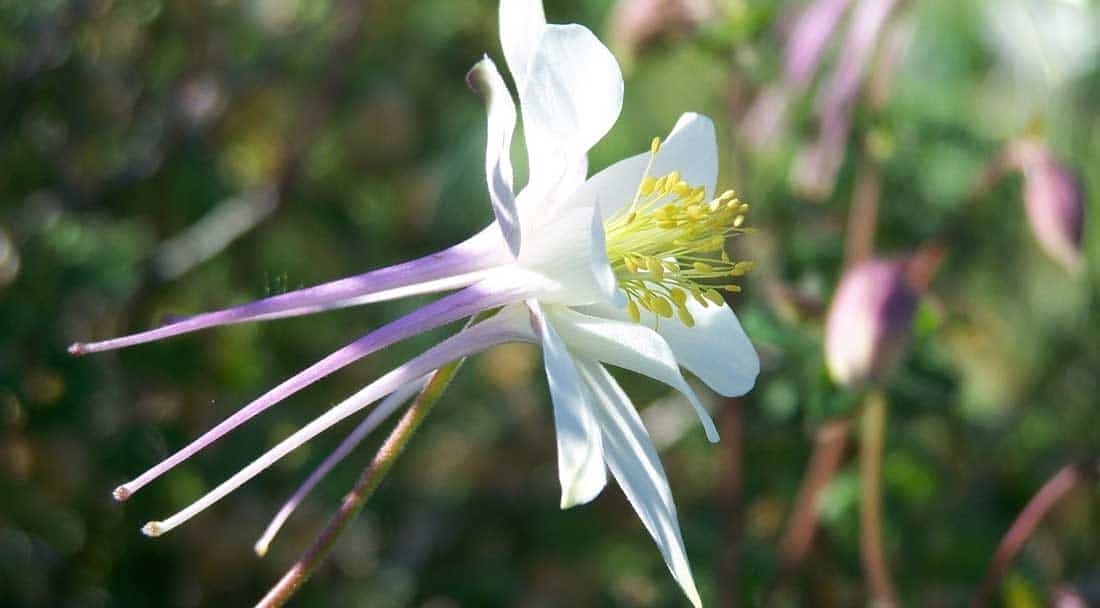
The state flower of Colorado, the columbine is bell-shaped and comes in a variety of colors (the most common being white and blue). They bloom in mid-spring and early-summer, but take care not to pick them! It is against the law to pick wild columbines in Colorado. You can find columbines on almost any trail at the ranch.
Pasque Flower
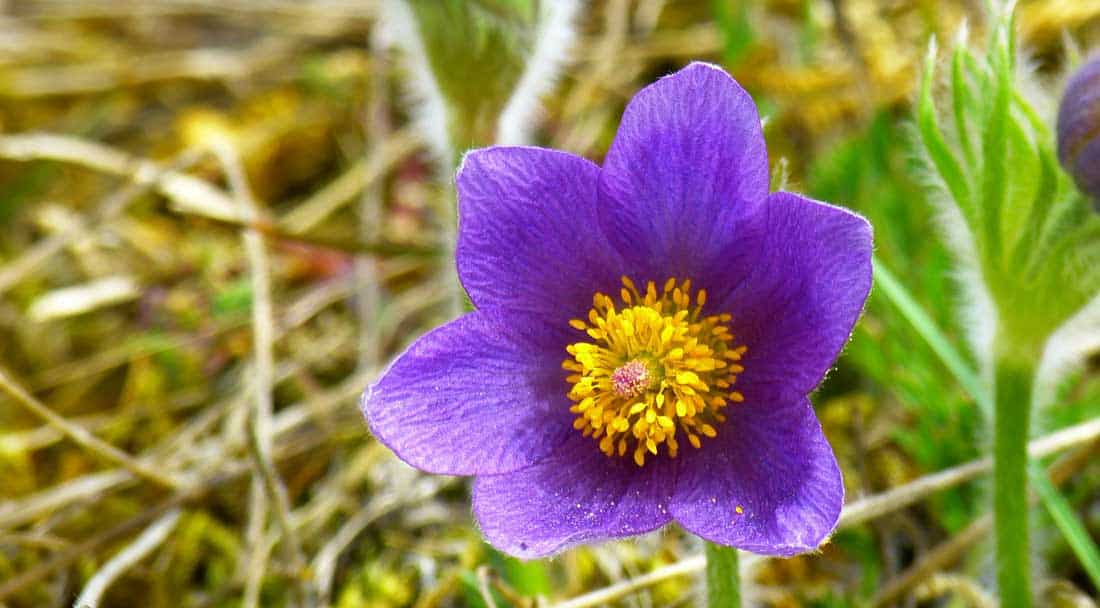
The first prairie flower to bloom is the pasque flower. You can spot it blooming from early April to early May. This small plant hugs the ground and is found in primarily dry sites. Pasque is the French word for Easter, since it is known to bloom around the Easter holiday. The Pasque flower can be seen all around the ranch, especially on the mesa.
Sage
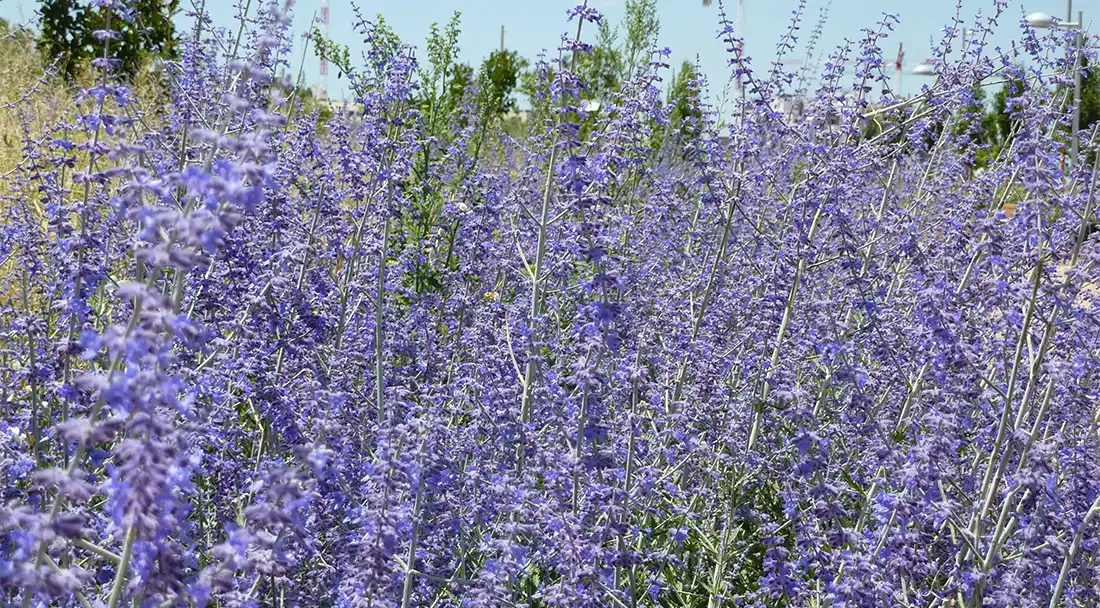
Sage flourishes well under sandy, alkaline soil. It features woody, branching stems, and its pebble-like patterned, aromatic leaves feature a grey-green, soft surface with fine hair-like filaments growing on either side. During summer, it bears violet-blue flowers in bunches that attract bees. Sage is one of the most popular herbs known since its first use in ancient Rome. It is used in cooking along with various traditional European and Chinese medicines for its health promoting and disease preventing properties.
Indian Paintbrush Flower
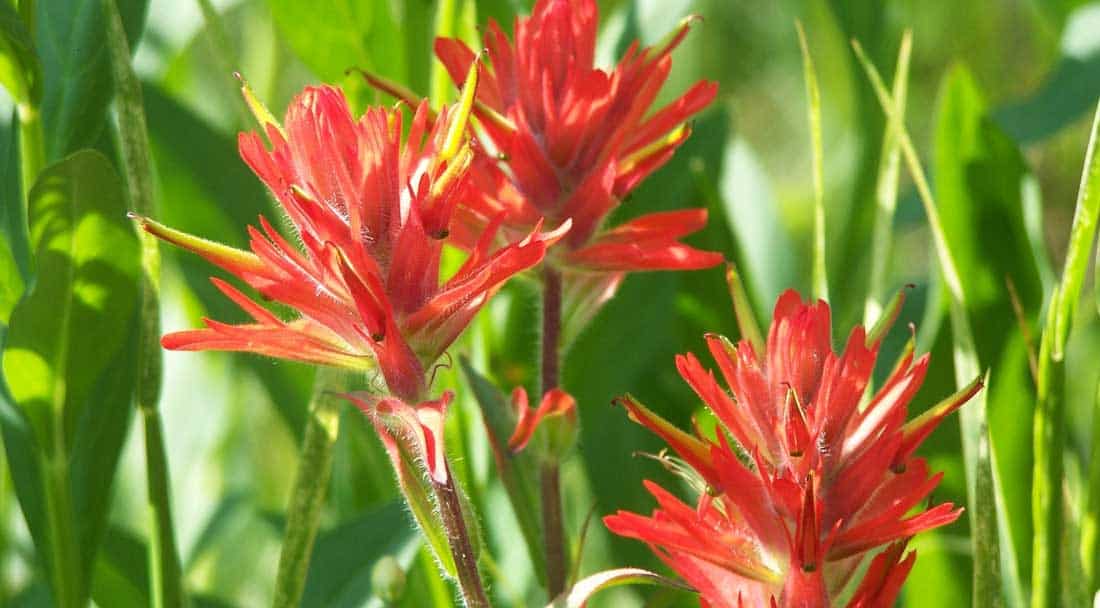
Growing as high at three feet tall these beautiful wildflowers are prevalent on the ranch, especially in the meadow. Their colors range from orange, red, yellow, or white. According to Native American legend, paintbrush flowers sprouted because of a young Indian brave who tried to paint the sunset with his war paints. Frustrated that he could not match the brilliance of nature, he asked for guidance from the Great Spirit. The Great Spirit gave him paintbrushes laden with the colors he so desired. With these, he painted his masterpiece and left the spent brushes in fields across the landscape. These brushes sprouted the flowers we now call paintbrush flowers.
Fireweed
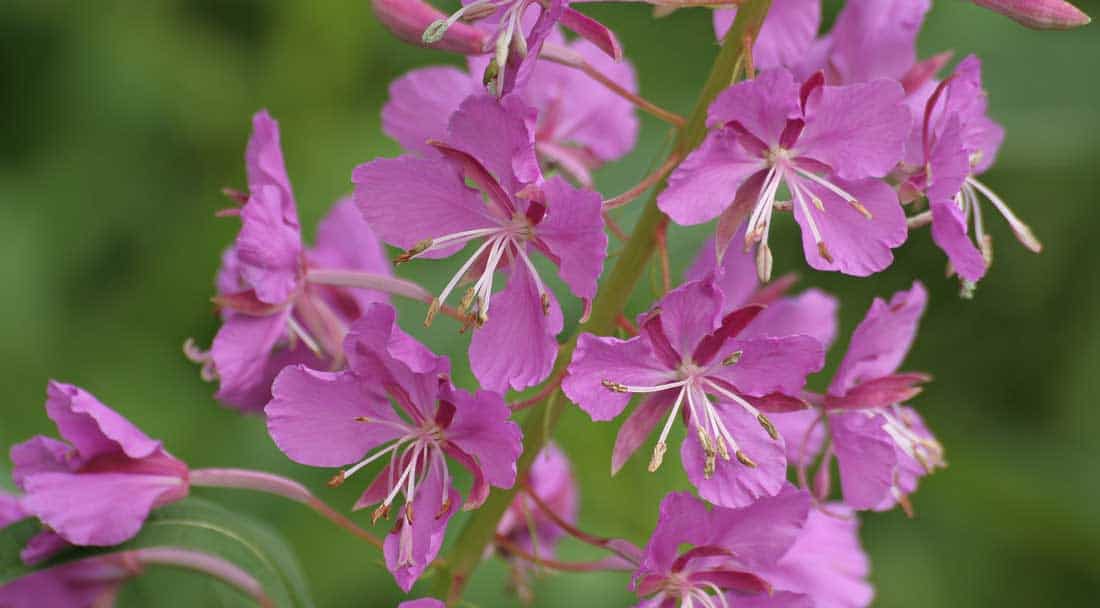
A colorful sight with its bright purple and pink blooms, fireweed thrives in open meadows, along streams, roadsides, and forest edges. The name fireweed stems from its ability to rapidly colonize areas burned by fire. A hardy perennial, the stems can grow four to nine feet tall. Check out the ranch’s fireweed flowers in the meadow or mesa.
Trees
Lodgepole Pines
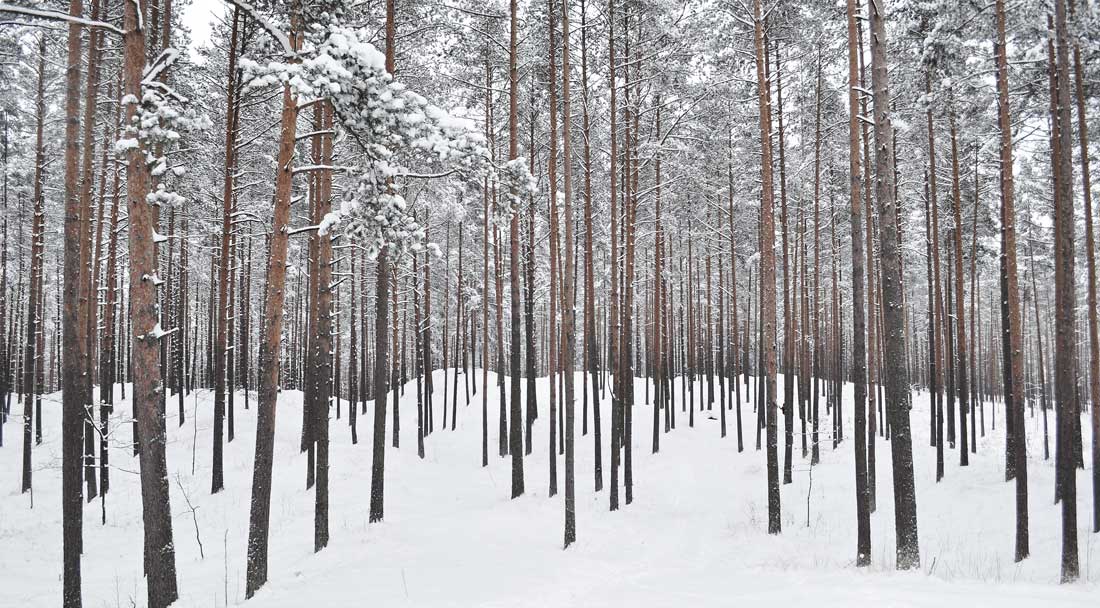
Tall and slender, lodgepole pines are easily seen around the ranch. They are conifers with a variety of cone shapes. Highly adaptable, these trees are often the first to regrow after a wildfire, as the pinecones are protected by a seal of pitch that requires fire or heat to release the seeds. Older lodgepole pine trees are susceptible to the mountain pine beetle, which burrows under the bark to lay eggs, killing the tree. Lodgepole pines affected by beetle kill are reused for furniture, shelving, and remodel projects around the ranch.
Aspen Trees
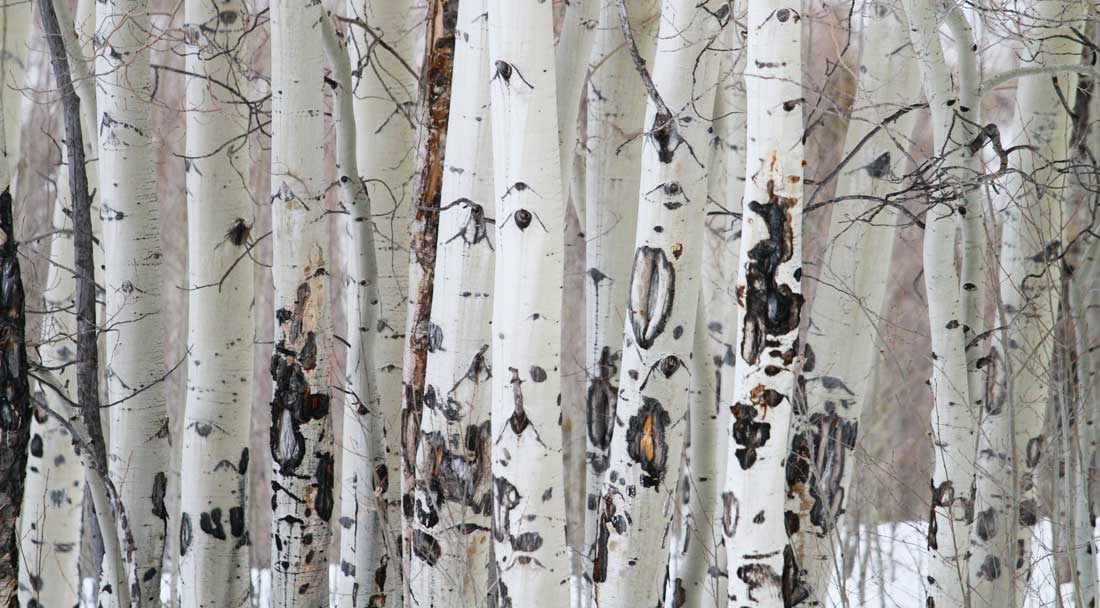
One of the most quintessential trees of Colorado is the aspen. They’ve even inspired the means that the tree grows roots near the surface of the ground from which new trees sprout. This process can grow vast forests of aspen trees that are all interconnected by roots and are one giant organism. In Colorado aspen trees turn brilliant yellow, orange, and red during September and October. You can see aspens all over the ranch, but the Logging Road, Yellow Brick Road and Aspen Trail are especially beautiful trails to hike or ride during the fall.